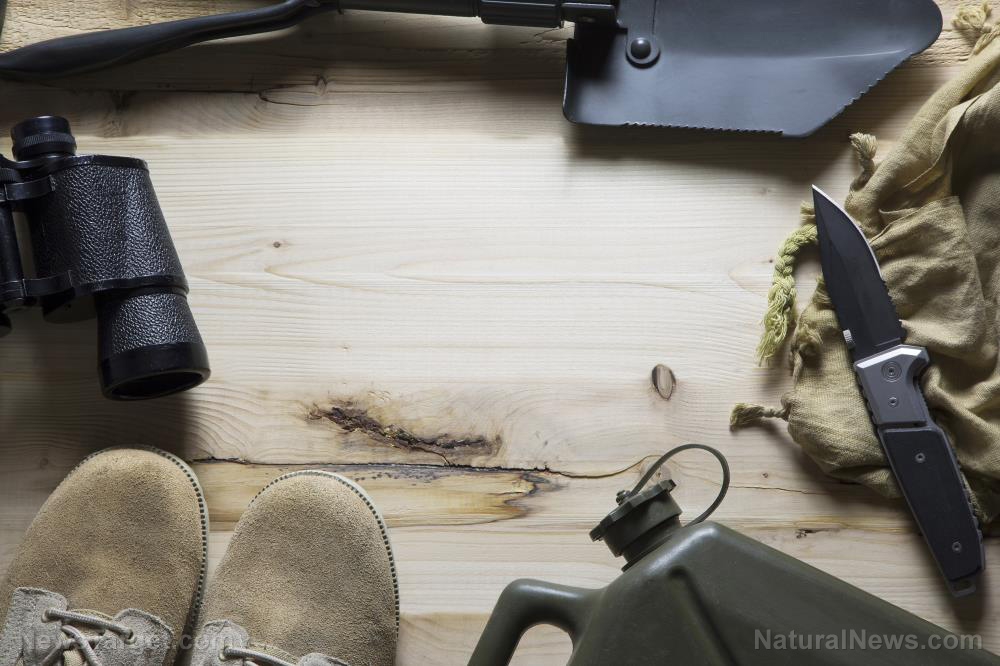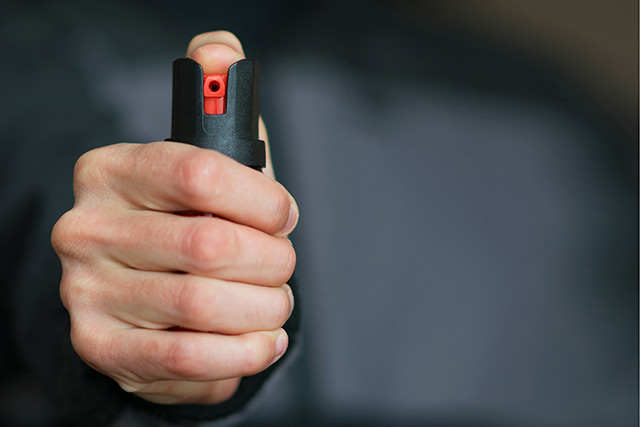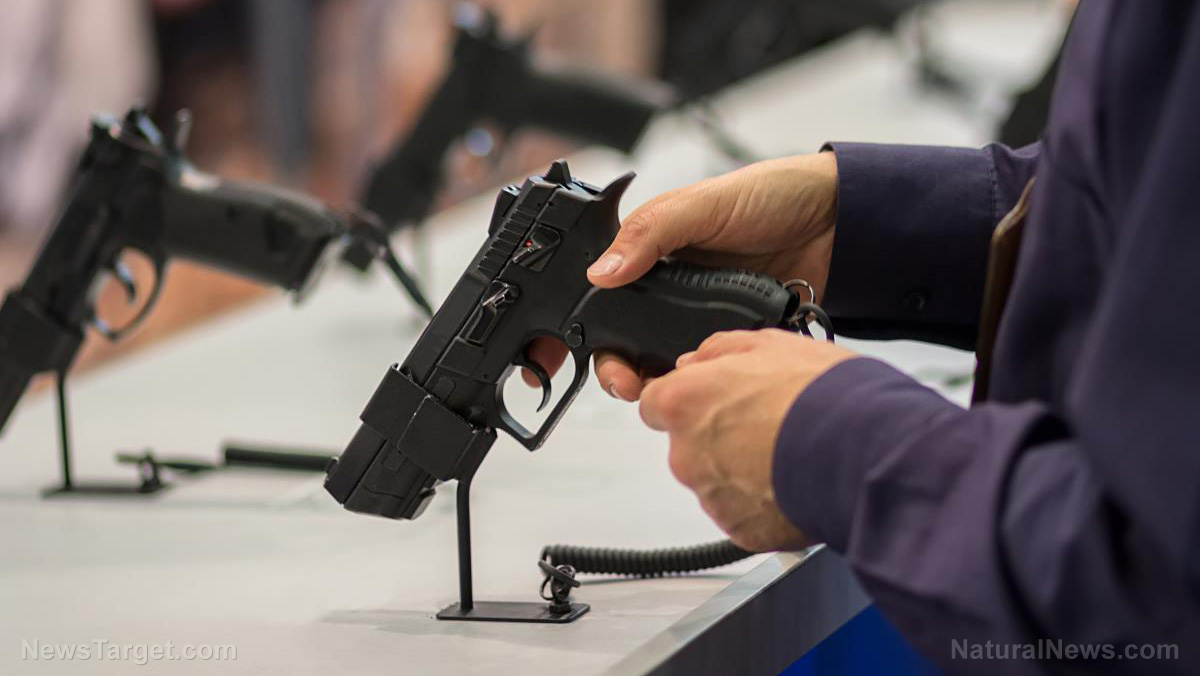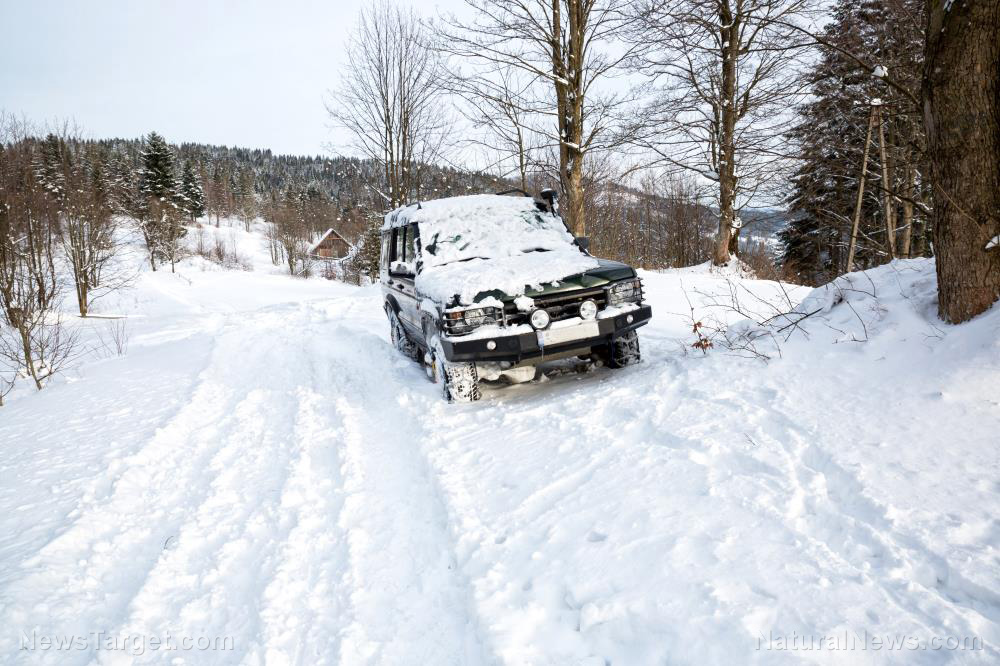Creating a truly compact survival kit
02/17/2019 / By Mary Miller
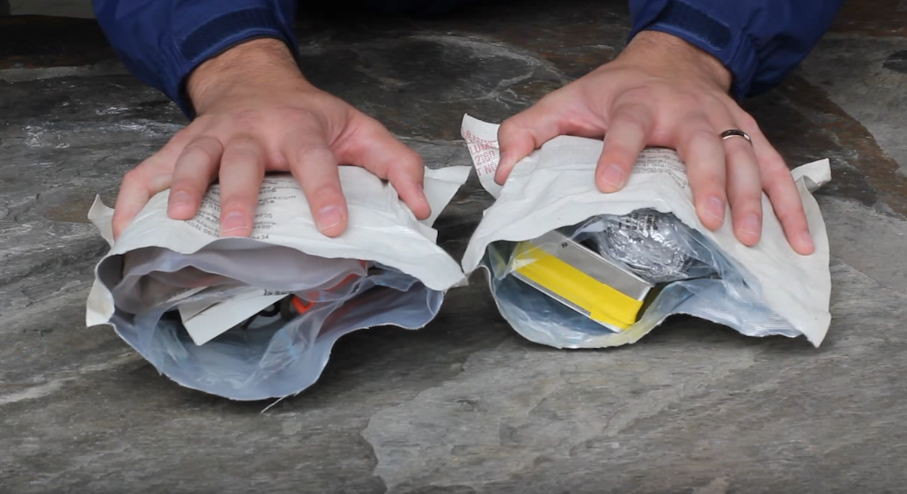
You — like other preppers — most likely have a bug-out bag tucked away at home for a quick evacuation. But do you have a compact survival kit that you can easily bring with you wherever you go? A compact survival kit is exactly what it says in the name: It’s a small container filled with key survival items that can help you in a short-term emergency. It differs from a bug-out bag in that a compact survival kit is often much smaller, following the philosophy of “less is more.” What it lacks in scope, it can make up for in terms of convenience. Some compact survival kits can even be small enough to fit inside an Altoids tin. Here’s what you need to create your own truly compact survival kit. (h/t to SHTFBlog.com)
Container
Before anything else, you will need to find a suitable container for your compact survival kit. While Altoids tin canisters are a popular choice among many preppers, their weak hinges do not make them very sturdy options. Your container should be durable enough to withstand any falls or damage commonly associated with survival situations. Depending on what and how much you plan to pack inside your survival kit, you may need to make considerations for size. If you want a slightly larger container, you can use a wide-mouth, 32-oz, single-walled, stainless steel water bottle. This allows you to maximize both the space and use of your container. When empty, the water bottle can even double as a container for boiling water. The wide mouth allows you to easily clean the bottle and place things in or out. (Related: How to make a coffee can survival kit for your car, home or office.)

Knife
A sharp folding knife is a great tool if you need to cut things or defend yourself. A Swiss knife or a multi-tool can be a more practical option as long as it isn’t too heavy.
Compass
A small compass can help you keep track of your bearings — useful when you’re hiking through unfamiliar terrain.
550 Paracord
A length of paracord can always come in handy whenever you need to tie things together. It should be durable enough to help you carry heavy weights. You can buy pre-woven paracord bracelets or you can choose to weave one yourself.
Small flashlight or light stick
A mini LED flashlight or penlight can provide a useful light source when you are bugging out in the dark. Ideally, you should get one that is waterproof. Lightsticks might not be as bright as flashlights but they don’t rely on batteries, so they can provide a constant source of light for several hours.
Pot hanger
A pot hanger hook can give your water bottle more functionality by providing an easy way to pull it off a fire if you’re using the it to boil water.
Lighter or matchbook
If you suddenly need to start a fire, you can easily start one with a disposable lighter or some matches. If you can, try to pack some windproof and waterproof matches.
Tinder
You can start a fire with a lighter or a few matches, but some flammable items can help your flame grow quickly. You can pack some cotton balls or tinder tabs, or you can even make your own homemade tinder in the form of wax-coated jute twine.
Duct tape
Duct tape can often be a prepper’s best friend. It is useful for makeshift repairs. Nearly anything that needs to stick together will remain stuck with the help of duct tape.
Repair kit
A small sewing kit or repair kit should have all the items you need to make quick clothing repairs. These items include safety pins, needles, thread, buttons, and a large sail needle. You can even fit these items in a small Altoids tin if you want, as long as you secure it properly.
Learn more tips on making your own survival kit by going to Survival.news.
Sources include:
Tagged Under: bug out, bug out bag, compact survival kit, emergencies, emergency preparedness, off grid, outdoors, preparedness, prepper, prepping, self sufficiency, SHTF, survival, survival gear, survival supplies, Survival Tips, survival tools, survivalist

